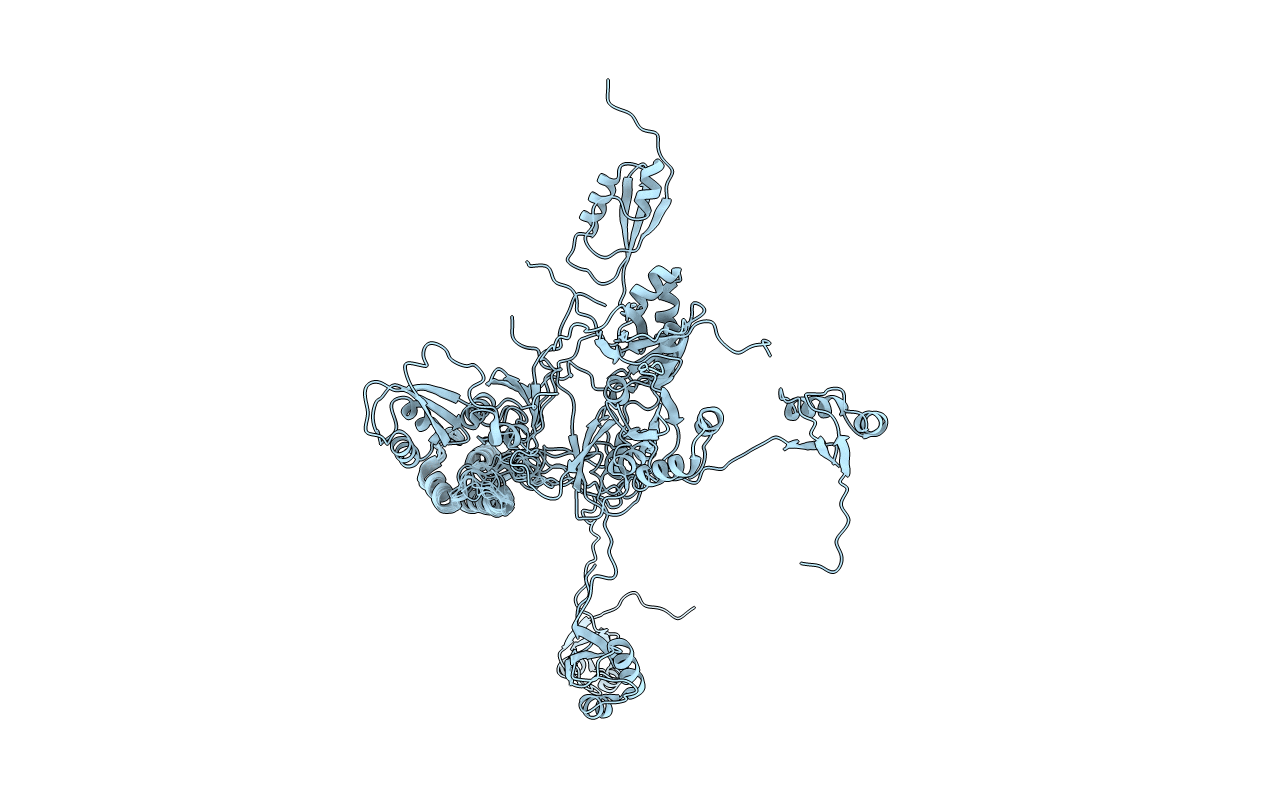
Deposition Date
2021-08-30
Release Date
2022-04-20
Last Version Date
2024-05-15
Method Details:
Experimental Method:
Conformers Calculated:
900
Conformers Submitted:
10
Selection Criteria:
structures with the least restraint violations


